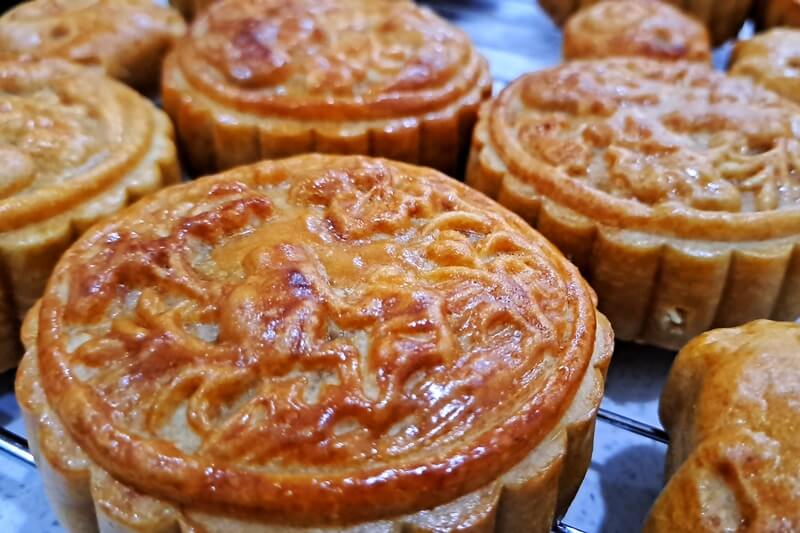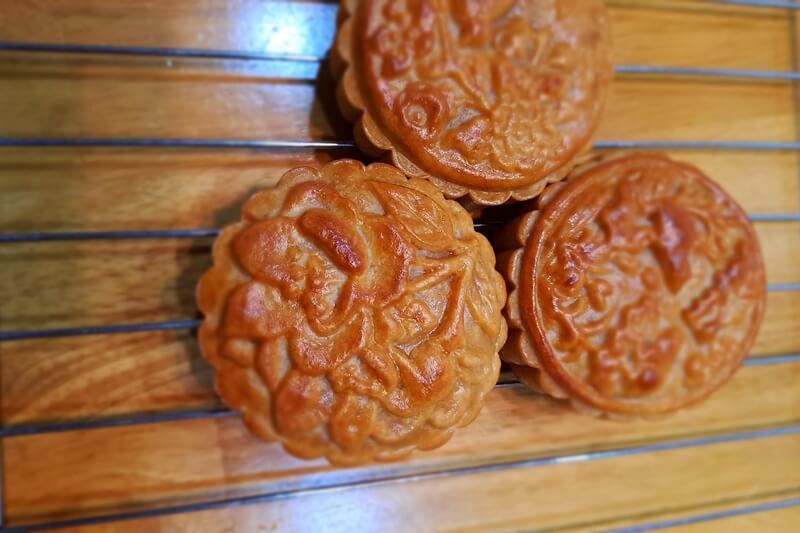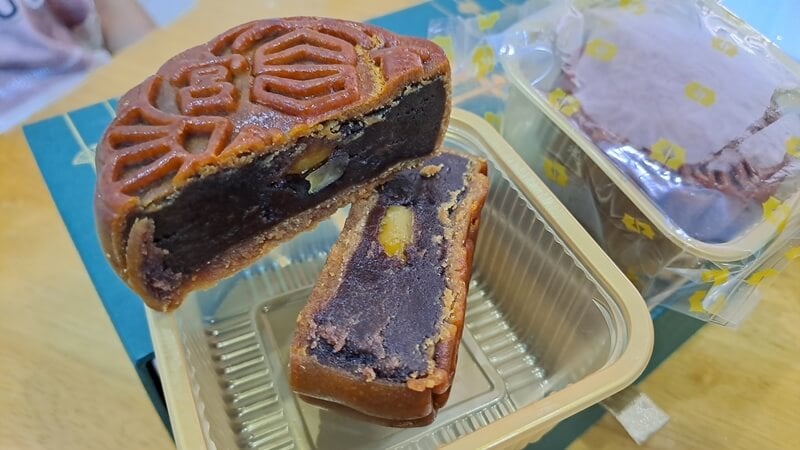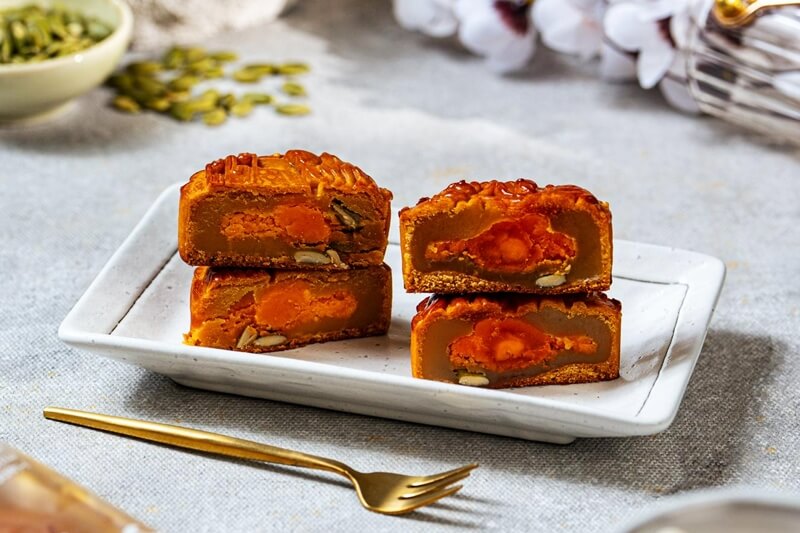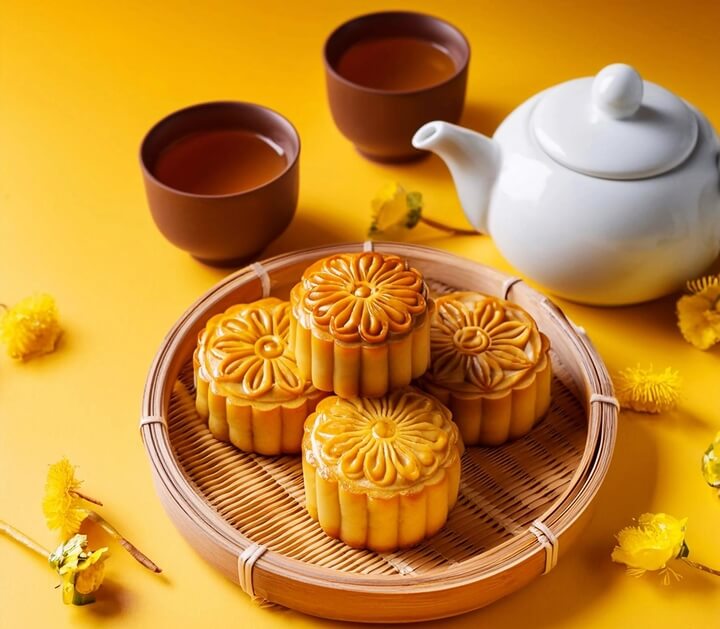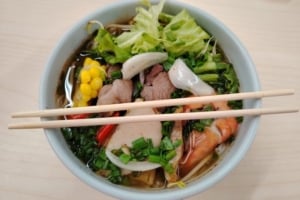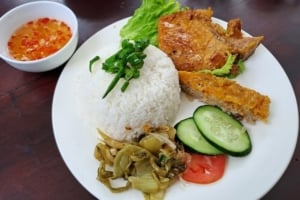The mooncake in Vietnam always appears in the mid-autumn festival, from the countryside to the urban area.
The mid-Autumn period falls in the eighth lunar month, around the summer in September of the solar calendar, in the middle of three months of autumn, called the Mid-Autumn Festival.
The sky is clear at this time, and the moon is full, the most beautiful autumn moon of the year.
The Mid-Autumn Festival is also an opportunity for families to gather, open a small party to watch the moon, and enjoy tea while tasting the mooncakes.
1. Traditional Mooncakes in Vietnam
The cake represents the moon with its radiant, round beauty. A pair of cakes, including sticky and grilled ones, represent two sides of yin and yang, in which the sticky cake represents the bright moon with a pristine shape.
Many countries in Asia share the same Mid-Autumn Festival due to using the same crop calendar according to the lunar calendar, and Vietnam is among them.
However, in terms of tradition, Vietnamese pastries and sticky mooncakes have their own characteristics.
If traditional Chinese cakes use glutinous rice flour filled with pure red bean paste and salted eggs or char siu, then traditional Vietnamese mooncakes are a mixture of sugar, fat, melon seeds, lime leaves, sausage or dried chicken, pumpkin jam, lotus jam, and roasted sesame. All the ingredients are mixed with Mai Que Lo wine and malt.
Different parts of the ingredients and the round shape of the mooncakes have meanings, such as praying for good weather and rich agricultural products and wishing for family reunification.
The way of making traditional moon cakes is also very sophisticated. The ingredients have to be prepared long before, even a few months in advance.
Red sugar is cooked with pineapple or lemon, malt, and ash water (from the rice straw’s ashes). After cooking well, this liquid is put in a jar and kept for two to three months until it has a beautiful color before making the cakes.
This sugar liquid is mixed with the cake crust powder so that when baked, the cakes have a nice brown color and are soft after baking one day.
The sticky mooncake crust is made from glutinous rice flour. After being roasted and finely ground, the flour is mixed with sugar water, a little cooking oil, and grapefruit oil to create a fragrance.
The sugar water here differs from baking sugar, which only dissolves the sugar with hot water, not cooking, and keeps it for a long time.
The difference between Vietnamese traditional sticky mooncakes is the light scent and the pure aroma of pomelo oil.
In March, the people collect the grapefruit flowers and steam them to extract the pure oil. Grapefruit oil, used in mooncakes, has a typical Vietnamese flavor.
2. The modern kinds of Vietnamese mooncakes
Through history’s ups and downs, many new types of mooncakes based on traditional recipes have been created besides the traditional mooncake flavors.
You can find various types of mooncakes, including green bean cake, salted egg red bean, bamboo charcoal, roasted chicken, bird’s nest filling, tiramisu filling, chocolate, green tea, taro, nuggets, coconut milk, black sesame, coffee, etc.
The watermelon seeds in traditional mooncakes in Vietnam can also be replaced by macadamia nuts, cashews, walnuts, or almonds.
The crust of the mooncakes also changes. Depending on their taste preferences, the baker can be creative by mixing ingredients such as bamboo charcoal, cocoa powder, green tea powder, and purple sweet potato powder.
The cake surface is embossed according to the traditional style, and the cakes are decorated with Vietnamese flowers and different colors, like a painting.
These mooncakes are also very elaborate. The bakers make the flowers separately and use different colors, mostly from vegetables or food coloring, for the floral details.
Some people also make multi-layer crusts with eye-catching colors interwoven, creating colorful mooncakes for the exciting festival.
For sticky mooncakes, besides traditional cakes, there are now a variety of fillings, like grilled cakes. Also, different kinds of mooncakes from Singapore and Taiwan are introduced in Vietnam, making the sticky mooncakes more abundant.
Nowadays, most families on the Vietnamese map can make mooncakes using already-prepared ingredients sold in bakery stores, including crust powder and fillings.
3. Mooncake flavours
The flavors of moon cakes have differences from traditional cakes to modern ones.
The bakers can add various ingredients to the mooncake fillings that strongly influence the flavor of the cake.
For example, mixed-filling mooncakes include many kinds of fillings with various sea flavors, such as lobster, scallops, fish fins, or salmon, and nuts, such as pumpkin seeds, peanuts, and walnuts.
Under the talented hands of the bakers, these ingredients combine perfectly to become a delicate taste. These flavors have become a delicious, nutritious, and unique cake in the Mid-Autumn Festival.
Salted egg yolk mooncakes have the characteristic aroma of egg yolks, salty taste, fatty taste, and light aromas of mung beans or lotus seeds. The egg yolk is in the middle of the cake, surrounded by a layer of smooth mung beans and a thin, crispy crust.
With some sticky mooncakes in Hanoi, you will find the delicate flavor and light scent of grapefruit flowers, along with the soft, sweet, greasy, and right-toned fleshy taste. The outer part is made from glutinous rice, so you will smell the gentle scent of the new sticky smell. All combined to form an irresistible taste.
4. Mooncakes as sweet gifts
The development of society has brought about new conceptions of nutrition. Today, the economic conditions of Vietnamese families have all improved, so the moon cakes are no longer an eager gift waiting for everyone.
Mooncakes became an expensive gift to give or to make a relationship. Besides, many people do not want to eat moon cakes because of the sweetness and fatness higher than normal nutritional standards.
However, for some children, the mooncakes still have their own charm. The small joy for children is the feeling of excitement when receiving the beautiful mooncakes shaped like fish, piglets, or moon shapes. That is the childhood experience for many people as well.
Even though society undergoes many changes, the mooncakes in Vietnam are still forever an indispensable part of the Mid-Autumn Festival.
>>> You may want to see Vietnamese cooking and eating habits.
5. Mung bean mooncake recipe
As mentioned above, Vietnamese mooncakes come in many varieties. We want to introduce you to the most straightforward recipe for making mung bean mooncakes.
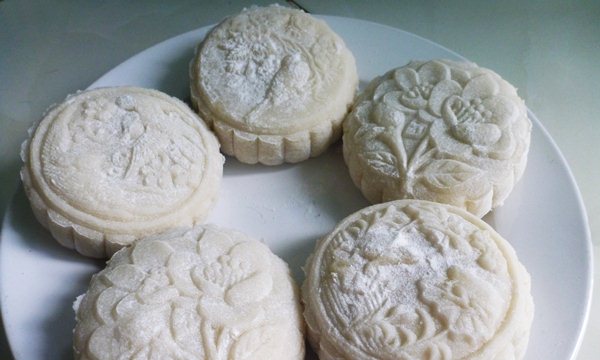
So, with just a few steps and easy-to-find ingredients, you can make beautiful mooncakes at home.
Ingredients:
Cake filling:
200 grams of mung beans without skin,
150 grams of sugar,
50 grams of cooking oil,
50 grams of malt,
30 grams of mooncake flour,
Grapefruit or vanilla perfume.
Cake crust part:
700 grams of sugar liquid for sticky cake,
1 teaspoon cooking oil,
1/2 teaspoon grapefruit oil,
350 grams of mooncake flour,
150 grams of mooncake mold.
The steps to make mooncakes with mung bean filling
Make the cake filling:
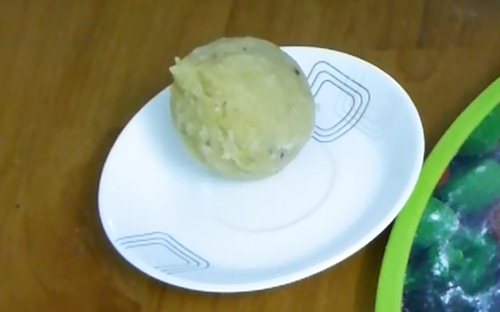
Wash mung beans carefully, and soak them in water for 2 hours to make them soft.
Then, put the beans in a pot, cover with water, and cook until soft. While cooking the beans, be careful not to cover the lid to avoid spilling.
Put the cooked beans in a blender and puree the mixture.
Pour the beans into the non-stick pan, add sugar, stir on low heat, and continuously do that for a few minutes, then add oil and mix them.
When you see the beans start to thicken, take 30 grams of sticky rice flour, dissolve it with a little water, and put it in a pan of beans, stirring until the beans paste into a block.
At that time, you add the malt and mix well. Then, add a little grapefruit oil or vanilla. Continue mixing on medium heat.
Then, mix all the ingredients and remove the pan from the fire. Let the mixed filling cool down.
Divide the mixture into 50-gram balls for 150-gram mooncake molds, cover them with plastic, and store them in a cool fridge compartment.
Making the mooncake crust:
Fill a clean bowl with sugar water, add grapefruit perfume and a little cooking oil, then stir well.
Put the dough and mix well until you see the dough thicken.
Put it on a clean table, pull the dough with your palm, and squeeze it until it is smooth but not sticky.
Divide the powder into 100 g, and press it flat.
Place the mung bean ball in the middle and gently wrap the cake so the filling does not leak.
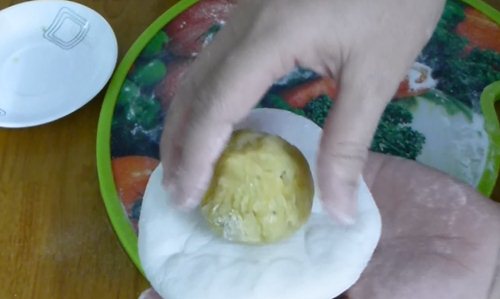
Please sprinkle a little dry powder over the cake and mooncake mold to prevent stickiness.
Place the dough (that already added filling) in the mold, squeeze it well, and keep it for 30 seconds.
After making the mooncake, it can be stored in a sealed plastic bag or box.
The sticky mooncake should be enjoyed on the second day when the crust becomes firmer.
Each of these Vietnamese mooncakes has its unique feature and can not suit everyone’s taste or be as popular as traditional ones. However, these will carry a typical and diverse identity in different versions of mooncakes in this country.

